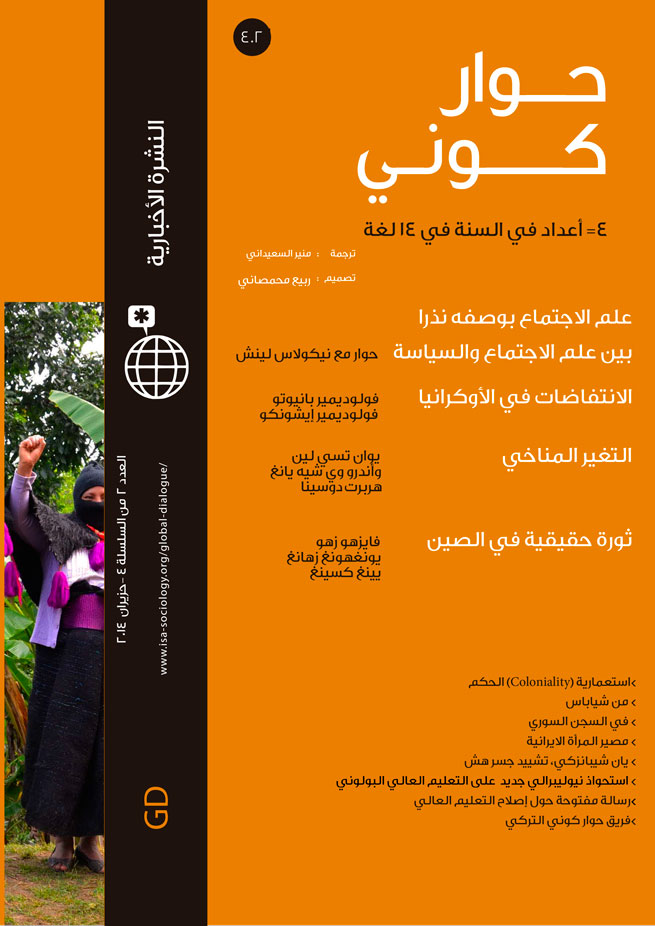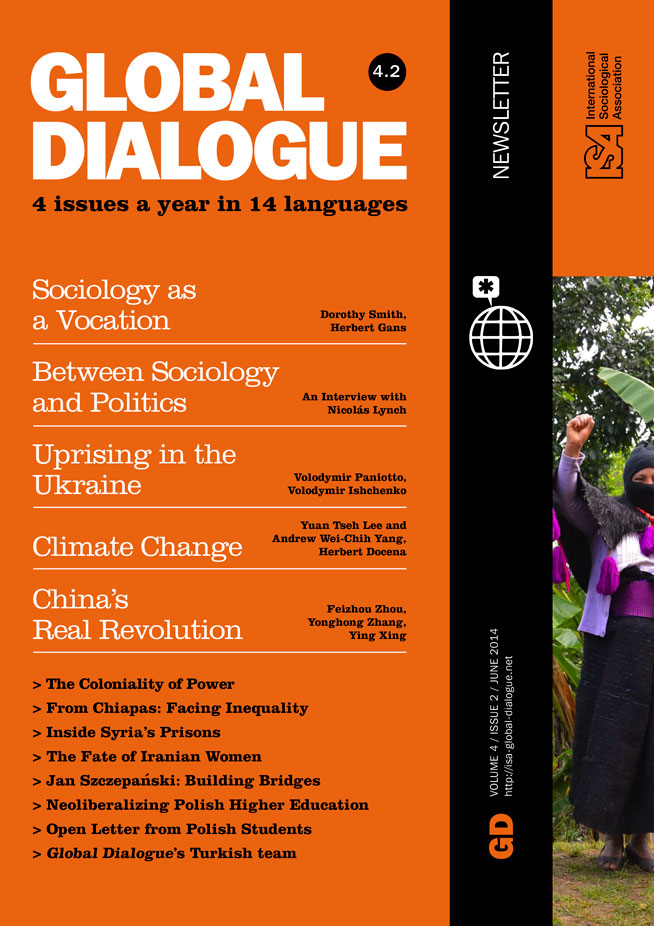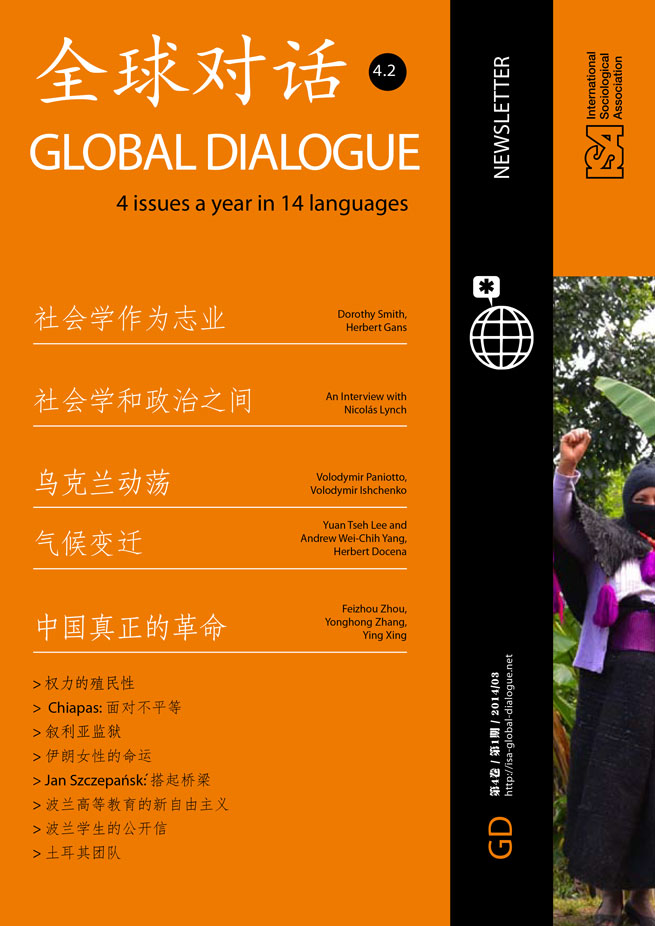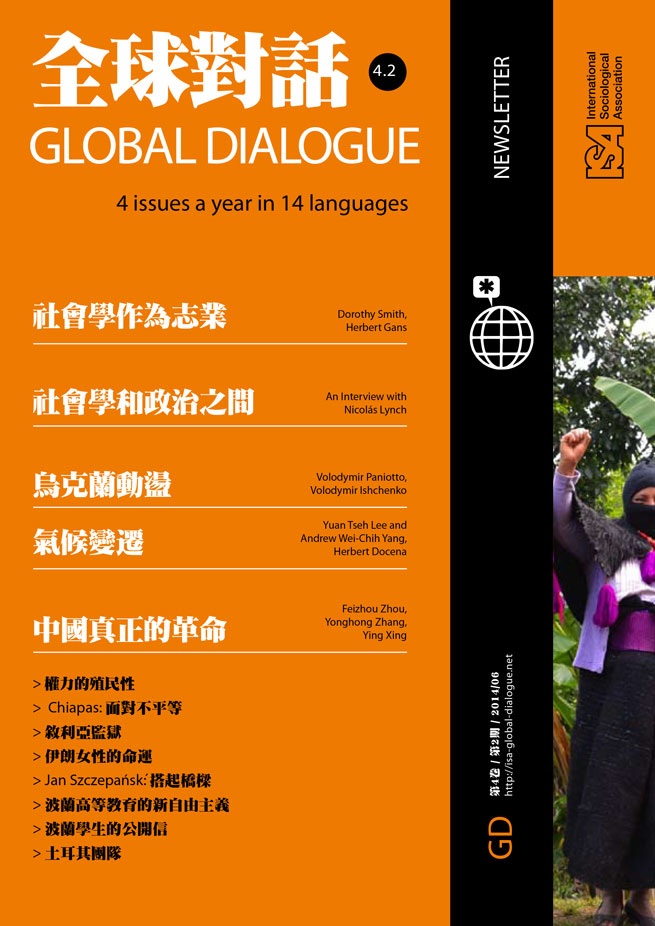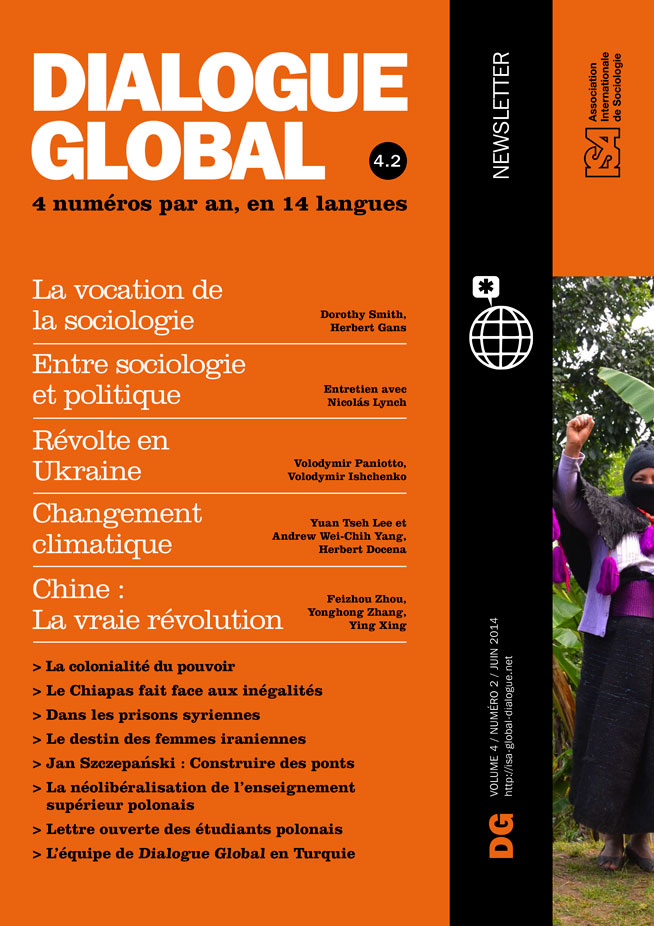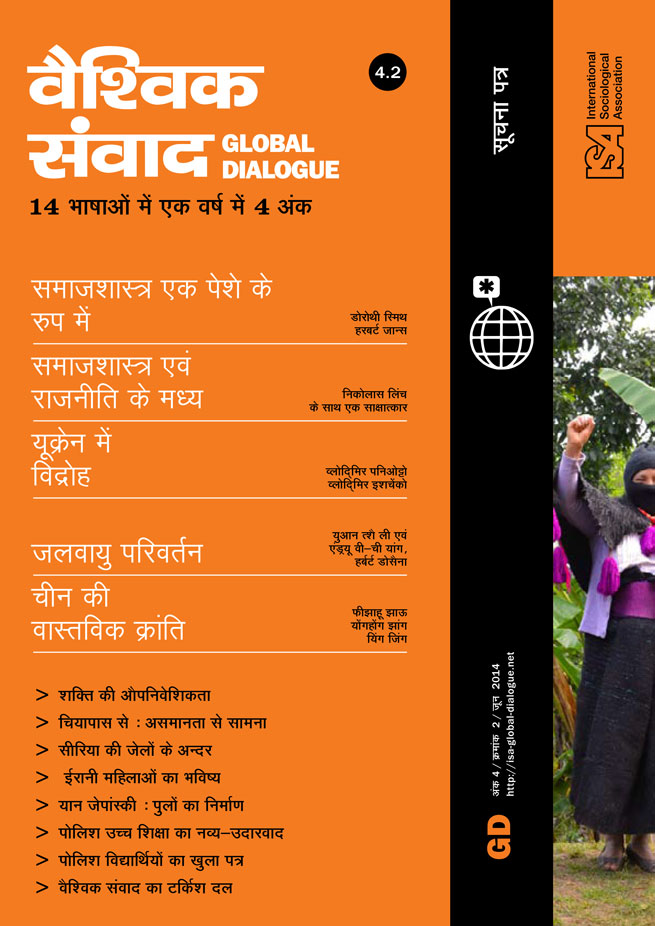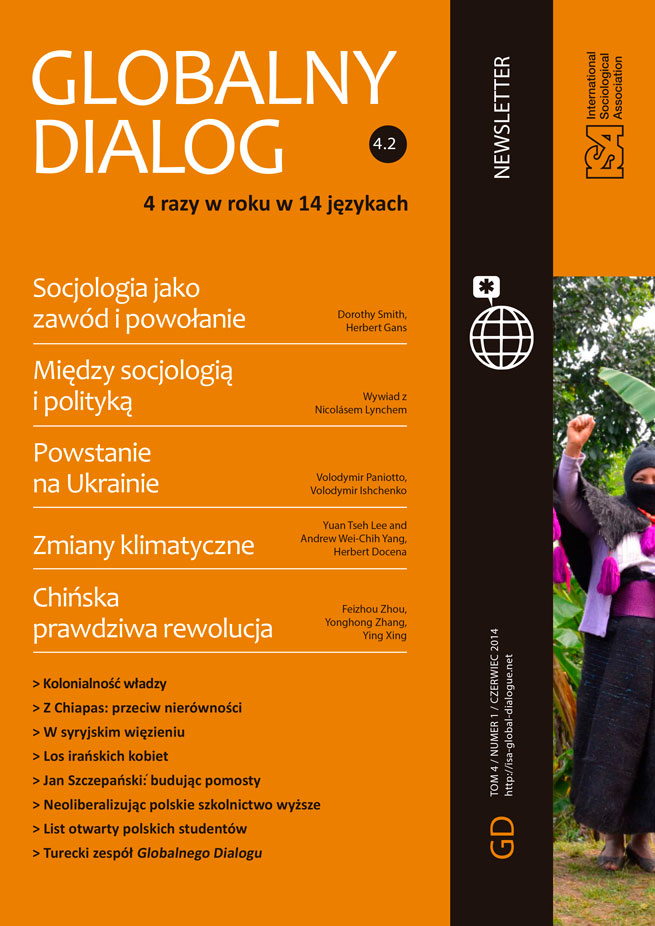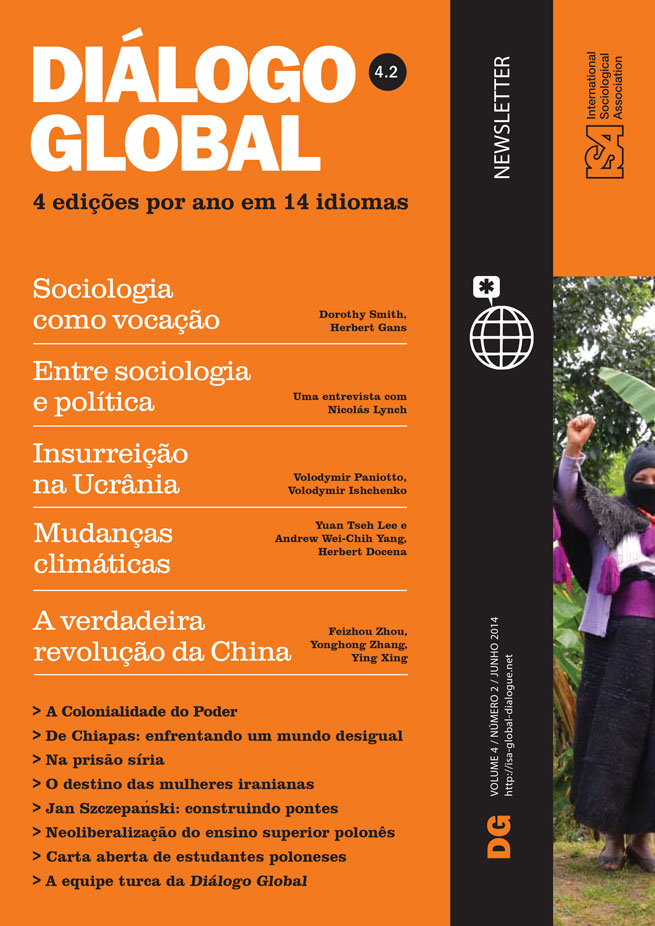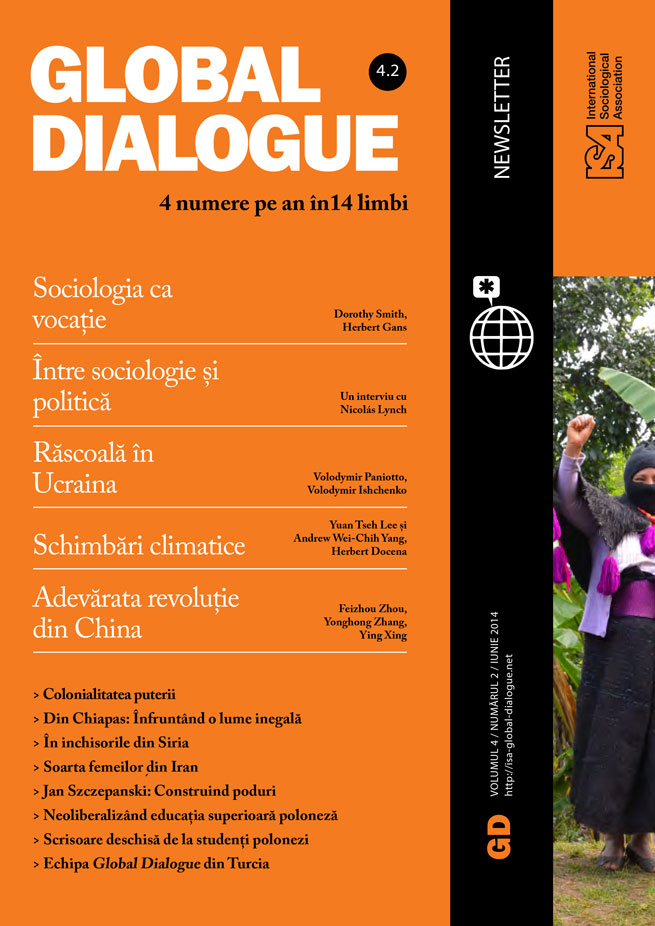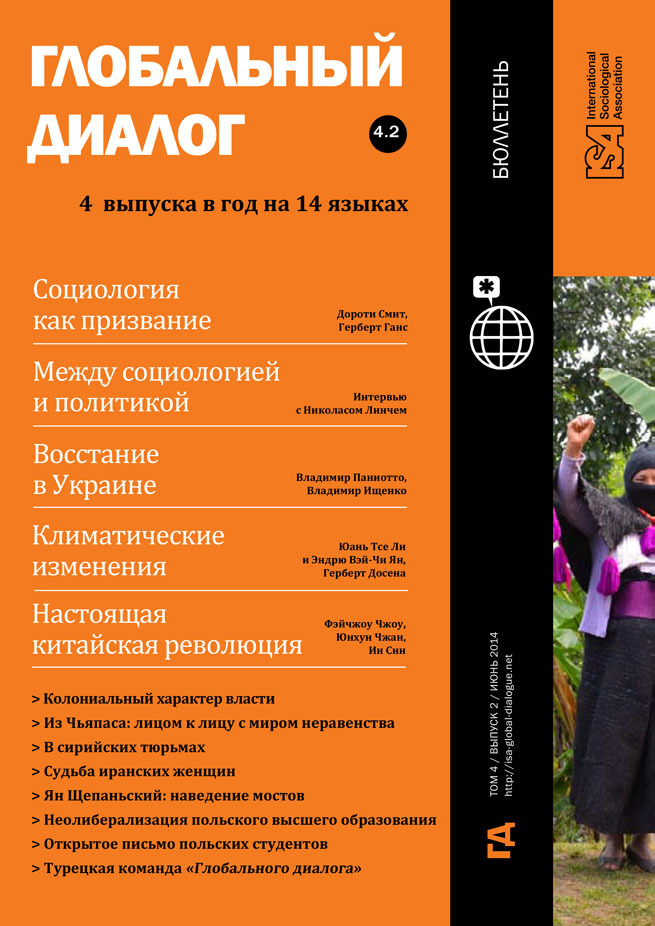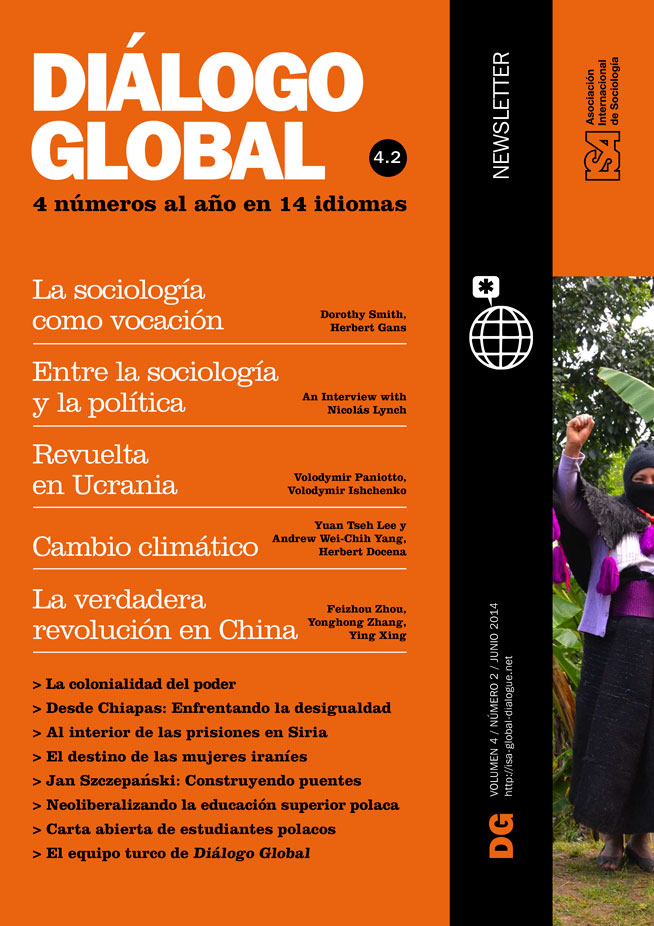Read more about Change and Resistance in China
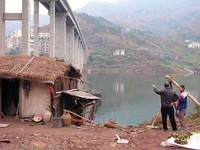
Channeling Protest: The Case of the Three Gorges Dam
by Ying Xing
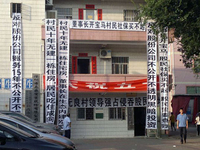
Land Grabs and Corruption
by Yonghong Zhang
May 16, 2014
Since ancient times Chengdu Plain has been a densely populated agricultural area. In 2007 the central government chose Chengdu City as a “Pilot Region for Coordinating Urban and Rural Development” that aimed to change the relationship between urban and rural areas. Chengdu’s reform measures had a strong demonstration effect on other regions, and have been studied, learnt and copied since 2009. The most essential part of Chengdu project is to encourage farmers to relocate from traditional but usually scattered village communities to apartment buildings built with government funds. Each apartment building can hold between 100 and 500 households, equivalent to the size of one to three village communities. These housing projects have been equipped with basic infrastructure such as tap water, electricity, gas, road access, garbage disposal and fitness facilities. The quality of life in these communities approximates the average level of rural towns. The relocation project is called by local governments as “New Countryside Construction” or “Balancing Urban and Rural Development.” However, for some news media, it is known as “The Vanishing Villages.”
Meanwhile, agriculture operations are also in transition. Since the 1980s decollectivization reform has involved “contracting production to the household” (baochan daohu), and land rights, both in terms of use and income, were evenly redistributed among villagers. As a result, every village household received several pieces of farmland, but there was always one piece that was near the family dwelling. Moving to apartment buildings increased the distance between the farmers’ living quarters and their farmland. Many farmers had to walk for one or two hours, and sometimes even longer, to get to their land. It was under these circumstances that the local government invited urban corporations to invest in the countryside, renting large areas of farmland to grow high value-added cash crops. In Chengdu the price of land leasing is about 800-1000 Yuan per mu, roughly equivalent to the value of the farmers’ annual output of food crops. Thus, when farmers moved into the new housing projects, their farmland was taken over by urban corporations and traditional family farming was converted to corporate farming.
Apartment living has dramatically changed farmers’ productive activities and lifestyle. On the one hand, since farmers have no space to grow vegetables and fruits, or breed livestock such as pigs and chickens, rental income is all they get from their land. On the other hand, farmers now have to pay for basic subsistence – food, water, gas, etc. According to the survey we conducted in Chengdu, the living costs of farmers in apartment buildings rose by an average of 30%. Not only production relations, but village social relations and governance are undergoing major transformation with changes in dwelling patterns and the merger of villages. The far-reaching influence of the reforms is still unclear at this moment, but they can only be understood in the context of the rapid urbanization now occurring in China.
Two kinds of ownership coexist in China’s land system: collective ownership of rural land and state ownership of urban land. If cities need rural land for urban development and construction, they must first legally convert the collective ownership of rural land into state ownership. The process is called “land requisitioning” (tudi zhengyong). Only local governments have the right to requisition and sell the land.
Local governments can earn large land revenues from “land transfer fees” (tudi churangjin), through expropriating rural land and then selling it to urban developers. In 2013, the total amount of land transfer fees nationwide was above 4.12 trillion RMB, accounting for more than 59% of local government fiscal revenue. Meanwhile, since the local governments are allowed to retain most of the tax revenue generated from urban construction after the 1994 tax-sharing reform, they have a strong incentive to compete for urban construction. This part of tax revenue, together with land transfer fees, is the basis of what is called “land-centered local fiscal regime” (tudi caizheng).
Besides utilizing non-governmental capital for urban development and construction, local government also has to invest in municipal public infrastructure, which is far beyond its financial capacity. According to the law, it is illegal for local governments to take out loans for urban construction. Government agencies can neither obtain loans directly from financial institutions nor can they act as a guarantor of loans. However, in practice, local governments usually use governmental fiscal funds as registered capital to establish state-owned companies, such as urban investment development corporations, urban transit corporations, urban waterworks groups, land reserve centers and so on. These companies are usually managed by the local Administration Committee of State Assets, which is a department of the local city or county government. The main function of the companies is to obtain bank loans for urban construction by mortgaging government transferred state-owned land-for-construction to banks. Almost all counties and cities in China now have such companies, known as “local financing platforms” (difang rongzi pingtai). These financing platforms usually obtain loans equivalent to 70% of the assessed value of mortgaged land, loans that are used for urban infrastructure and public goods. According to a survey conducted by the central government, local governments had a total debt of 17.9 trillion RMB at the end of June 2013. Most debt was attributable to the financing platforms.
Based on the above analysis, behind China’s urban expansion lies a powerful land, fiscal and financial mechanism. First, local government can obtain state-owned land through land requisitions for urban development as well as revenues from land sales. Second, under the operation of the local financing platform, local government can use the land as a mortgage to obtain bank loans for urban construction. This synergy between land and finance has created rapidly-changing, prosperous cities that appear from processes very different from traditional urbanization that was based on industry and population agglomeration. The key to the new pattern of urbanization is to have sufficient state-owned land for mortgaging and development. However, defending arable land protection and food security, the central government strictly controls the amount of arable land that local government can expropriate. The Chengdu reform emerged from contradictory forces: a strict control over land expropriation, on the one side, and a powerful demand for land to foster urbanization, on the other.
In rural China, the homestead (zhaijidi), that is land on which houses are built, does not belong to arable land. Because of the traditional courtyard dwelling pattern, farmers usually have a large homestead. One of the main motivations for Chengdu to move farmers in apartment buildings is to “produce” land for urbanization. Once farmers move into apartment buildings, their vacated homestead can become arable land after reclamation. In this way local government can use the “increase” in arable land to obtain land needed for city expansion. For example, after villagers moved into apartment buildings, a village reclaimed 100 mu of homestead and turned it to arable land. Then cities can appropriate 100 mu of arable land wherever it needs urban development. At the same time, the total amount of arable land is unchanged.
Therefore, in general, the change in farmers’ dwelling patterns, from scattered homesteads to concentrated apartment blocks, is the ultimate source of land and capital for China’s rural urbanization. If farmers did not give up their homesteads, there would be no arable land for local government s to requisition, and no land to mortgage for bank loans. The pace of urbanization would be far slower. Currently, the Chengdu experiment is being imitated in many regions of China, resulting in a rapid urban expansion into the rural areas.
Feizhou Zhou, Peking University, China
This issue is not available yet in this language.
Request to be notified when the issue is available in your language.
If you prefer, you can access previous issues available in your language:
